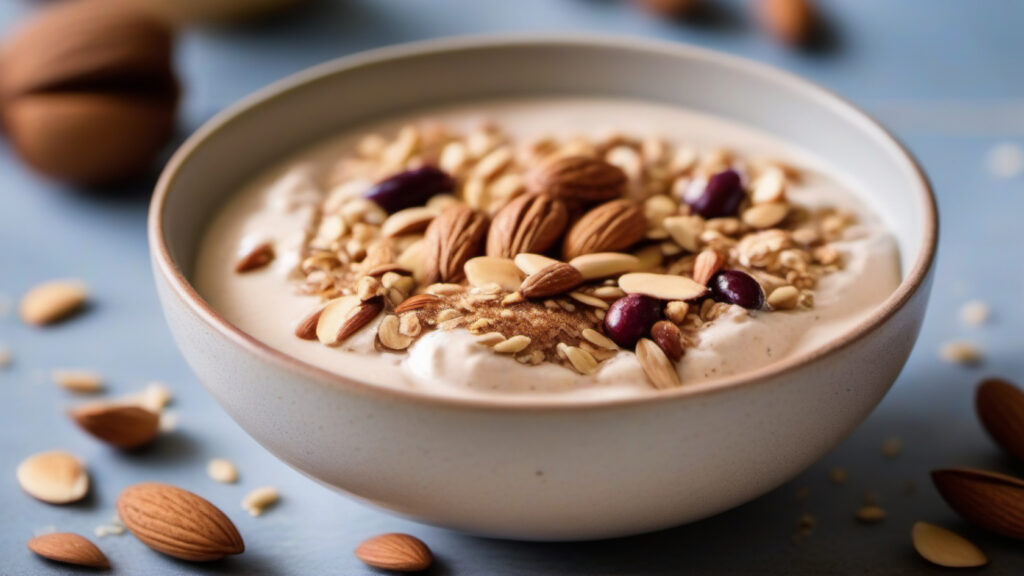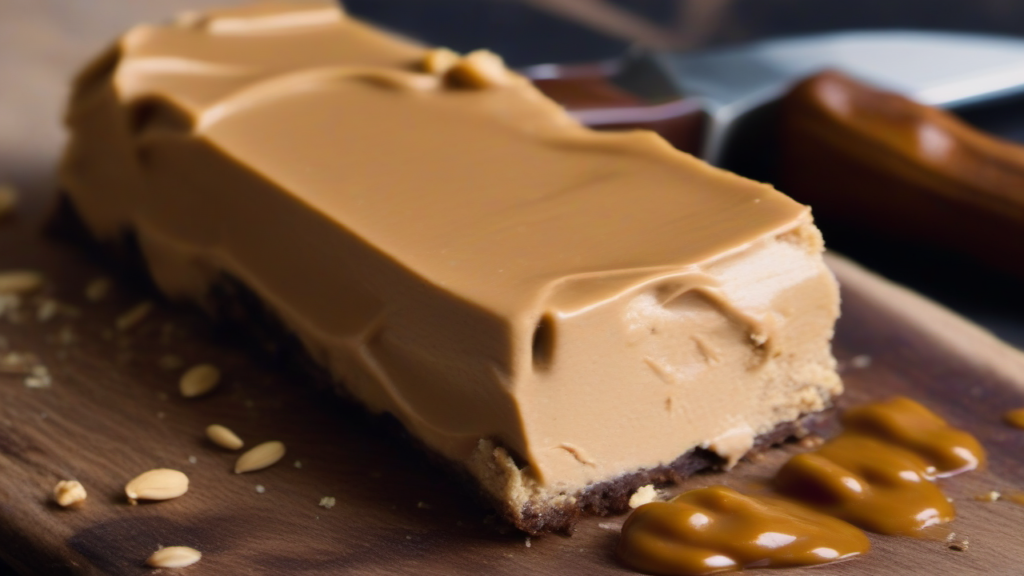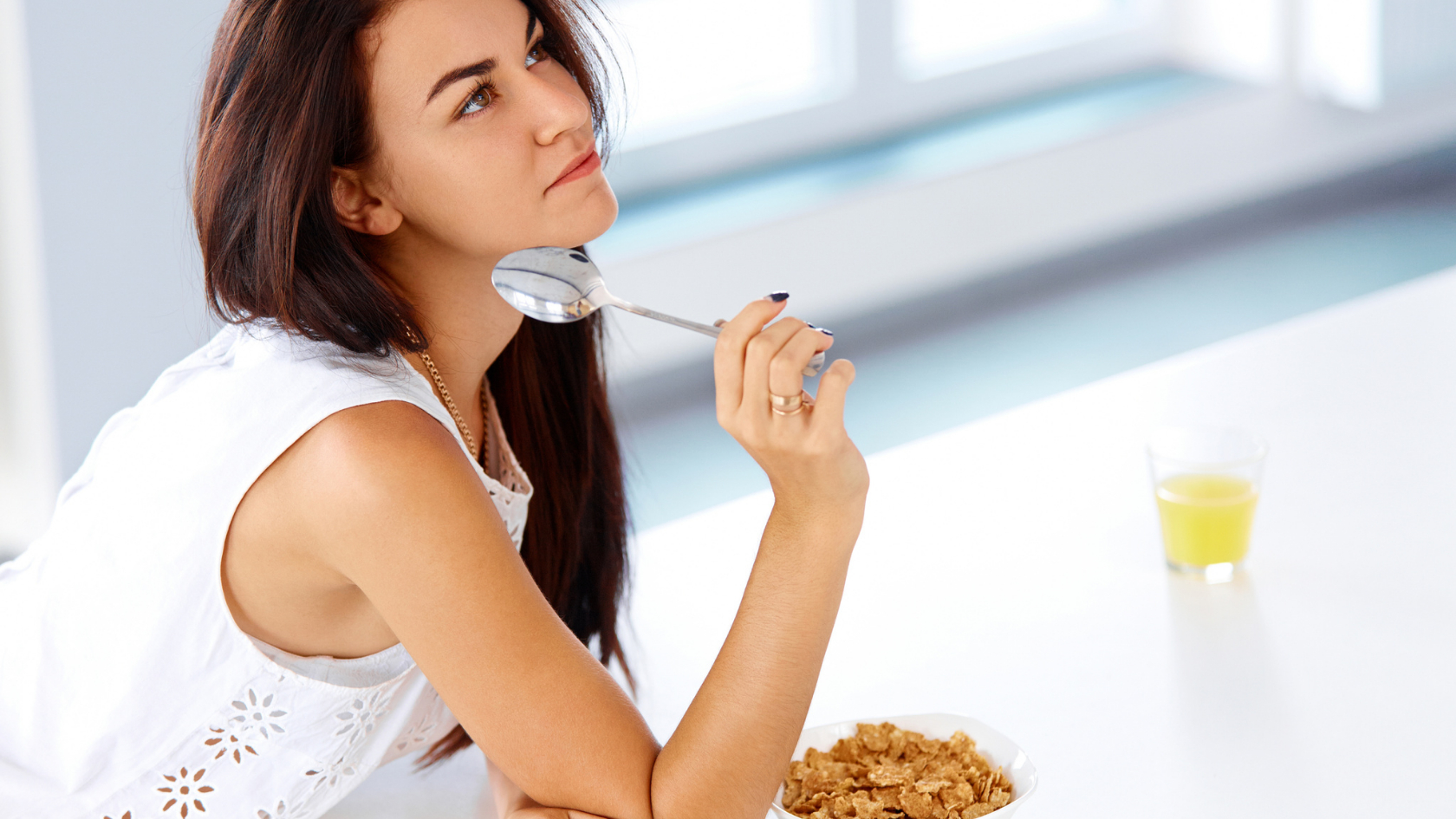While there are many benefits to doing physical activity in the morning, performing a strenuous workout on an empty stomach might not be the best idea.
Pilates can be done before breakfast. Some people prefer to do their workout in the morning before eating as it can help to jumpstart their metabolism and provide energy for the day. However, it is important to listen to your body and do what feels best for you. If you feel weak or light-headed without eating first, it may be better to have a small snack before your Pilates session.
So what should you consider when deciding whether to do Pilates before breakfast?
Pre-breakfast Pilates
If you are looking for a way to start your day with a boost of energy, doing Pilates before breakfast might be the answer.
This low-impact exercise focuses on building strength, flexibility, and improving posture, making it an excellent way to improve your overall health and wellbeing.
Benefits of doing Pilates before breakfast
- Increases your energy levels: Doing Pilates in the morning can help increase your energy levels and improve your mental focus throughout the day.
- Boosts your metabolism: Studies have shown that exercising on an empty stomach can help boost your metabolism and encourage weight loss.
- Improves your digestion: Doing Pilates can help stimulate your digestive system and improve your gut health.
- Reduces stress: Pilates is a low-impact exercise that incorporates breathing techniques, which can help reduce stress levels and improve your overall mood.
- Enhances your posture: Pilates exercises are designed to improve your posture, which can help reduce the risk of back pain and other posture-related issues.
Possible risks and precautions
Just because you can do something, doesn’t always mean you should. Keep the following in mind if attempting early morning Pilates on an empty tummy:
- It is essential to listen to your body. If you feel too tired or lightheaded, take a break or stop the exercise.
- Make sure to warm up properly before starting any Pilates routine.
- If you have any underlying health conditions, it is always best to consult with your doctor before starting any new exercise program.
- Avoid eating a heavy breakfast before doing Pilates, as it may cause discomfort or cramping.
The Pros and Cons of Doing Pilates Before Breakfast
Doing Pilates before breakfast can have both positive and negative impacts. On one hand, exercising on an empty stomach can help engage the abdominal muscles more effectively, as there is less food in the stomach to interfere with movement.
This can lead to a more intense and focused workout. However, it is important to consider the need for energy during the workout. Without fuel from breakfast, you may experience decreased stamina and endurance during your Pilates session.
If you choose to do Pilates before breakfast, be mindful of potential drawbacks such as dizziness or lightheadedness due to low blood sugar. It is essential to listen to your body and ensure that you are adequately fueled for the workout.
Alternatively, you can time your Pilates session to align with your meal schedule. A light, balanced meal or snack 1-2 hours before your workout can provide the necessary energy without weighing you down.
However, if you prefer to exercise on an empty stomach, consider doing Pilates later in the day when you have more energy reserves.
Ultimately, the decision to do Pilates before breakfast depends on individual preferences and how your body responds to exercise on an empty stomach. Experiment with different timing and meal options to find what works best for you.
Pre-Pilates Meal Preparation
Preparing your body for a Pilates workout begins with fuelling it with the right nutrition. A pre-Pilates meal can help provide the energy and nutrients needed to optimize your performance during the workout and aid in recovery afterwards.
By focusing on the right combinations of carbohydrates, protein, and healthy fats, you can ensure that your body is properly fueled and ready to take on the physical demands of the Pilates routine.
Here are some tips and ideas for pre-Pilates meal preparation to help you get the most out of your workout.
Complex Carbohydrates
Complex carbohydrates are an excellent choice for a pre-Pilates meal or snack as they provide sustained energy to fuel your workout.
Some good options include oatmeal, whole grain bread, and fruits such as apples or berries. These foods are digested more slowly than simple carbohydrates, resulting in a gradual release of glucose into the bloodstream.
This helps to avoid spikes and crashes in blood sugar levels, which can lead to feelings of fatigue and low energy.
In addition to sustaining energy levels, complex carbohydrates also provide essential nutrients and dietary fiber, which promotes digestive health and helps you feel full and satisfied.
By choosing healthy complex carbohydrates before Pilates, you can avoid feeling sluggish or lightheaded during your workout, and instead, maintain a steady level of energy to support your performance.
Overall, incorporating complex carbohydrates into your pre-Pilates meal or snack is a smart choice for sustaining energy levels and avoiding disruptions in blood sugar levels.
This can help you have a more effective and enjoyable Pilates session while also making healthy choices that support your overall well-being.
Lean Proteins
Incorporating lean proteins into a diet is essential for promoting muscle building, weight management, and increased satiety. Lean protein sources such as chicken breast, turkey, Greek yogurt, tofu, and legumes provide various health benefits.
Chicken breast and turkey are excellent sources of lean protein, low in fat and high in essential amino acids necessary for muscle growth and repair.
Greek yogurt is a rich source of protein and also contains probiotics which are beneficial for gut health. Tofu, a popular plant-based protein, is not only low in fat but is also cholesterol-free, making it a heart-healthy protein choice.
Legumes, including beans, lentils, and chickpeas, are also high in protein and fiber, which aids in promoting fullness and stabilizing blood sugar levels.
Incorporating these lean protein sources into a balanced diet can aid in weight management by promoting fullness and reducing cravings for unhealthy snacks.
Additionally, consuming sufficient protein is essential for muscle building and repair, especially for individuals engaging in regular physical activity or strength training.
In conclusion, lean proteins such as chicken breast, turkey, Greek yogurt, tofu, and legumes provide a multitude of health benefits, including muscle building, weight management, and increased satiety, making them essential components of a healthy diet.
Healthy Fats and Light Snacks
Consuming healthy fats such as nuts, avocado, and lean meats can help improve exercise performance by providing a source of long-lasting energy.
Additionally, light snacks like yogurt can provide a quick energy boost before a workout. These foods are rich in nutrients and healthy fats, which can help fuel the body for physical activity.
Before engaging in vigorous physical activity, it is important to consume easy-to-digest foods 2-3 hours prior.
These foods include things like fruits, vegetables, and whole grains, which can provide a steady release of energy without causing discomfort during exercise. This allows the body to efficiently utilize the nutrients and maintain energy levels throughout the workout.
Staying hydrated is also crucial for improving exercise performance. Proper hydration before, during, and after exercise helps maintain optimal body function, regulates body temperature, and aids in the transportation of nutrients to muscles.
Dehydration can lead to decreased performance, fatigue, and muscle cramps. Therefore, it is important to drink plenty of water before, during, and after exercise to stay properly hydrated.
In conclusion, consuming healthy fats and light snacks, as well as easy-to-digest foods and staying hydrated are essential for improving exercise performance. By incorporating these practices into your routine, you can optimize your physical performance and overall well-being.
Portion Sizes and Food Choices
Portion sizes play a crucial role in maintaining a balanced diet and preventing overeating. By understanding and practising portion control, individuals can manage their caloric intake and ensure they are consuming a wide variety of nutrients.
For grains and carbohydrates, a portion size is typically around 1/2 cup of cooked rice or pasta, or 1 slice of bread. Healthier options include whole grain varieties such as brown rice, quinoa, and whole wheat bread.
When it comes to protein, a portion size is roughly the size and thickness of a deck of cards. Opt for lean protein sources like chicken breast, fish, tofu, and legumes.
For fruits and vegetables, a serving size is typically 1 cup of raw or cooked vegetables, or 1 medium piece of fruit. It’s best to choose a variety of colourful options like berries, leafy greens, and bell peppers.
The importance of portion control lies in preventing overeating and managing weight. By being mindful of portion sizes and choosing healthier food options, individuals can maintain a balanced diet and avoid consuming excess calories. This can lead to improved energy levels, better management of chronic conditions, and overall better health.
Pre-Pilates Meal Ideas
Preparing for a Pilates session requires the right fuel to keep your body energized and focused. With the right pre-Pilates meal, you can have sustained energy throughout your workout and aid in muscle recovery.
It’s important to choose foods that are easily digestible, low in fat, and high in carbohydrates and protein. Here are some pre-Pilates meal ideas to help you fuel up and get the most out of your workout.
Greek Yogurt with Almond Butter and Handful of Nuts
To serve Greek yogurt with almond butter and a handful of nuts, start by selecting a high-protein, low-sugar Greek yogurt of your choice.
Take a spoonful of almond butter and mix it into the yogurt for added healthy fats and a creamy texture.
Next, sprinkle a handful of your favourite nuts on top of the yogurt. Nuts like almonds, walnuts, or pistachios not only add a satisfying crunch but also provide extra protein and essential nutrients.

This nutritious and delicious snack or meal is a perfect way to start your day or refuel after a workout.
The high-protein, low-sugar Greek yogurt, combined with the healthy fats from almond butter and the additional protein and crunch from the nuts, makes for a balanced and satisfying option for any time of day.
Enjoy this simple yet satisfying dish as a quick and easy breakfast, a post-workout snack, or a healthy dessert.
With the creamy yogurt, nutty almond butter, and crunchy nuts, this combination provides a satisfying and nutritious option for those looking for a high-protein, low-sugar snack.
Peanut Butter on a Protein Bar
To properly spread peanut butter onto a protein bar, start by using a smooth, natural peanut butter to avoid clumping and ensure even distribution.
Using a butter knife or small spatula, scoop a generous amount of peanut butter and spread it evenly across the surface of the protein bar.
Make sure to cover the entire bar to ensure a balanced flavor and consistent texture with every bite.
Pay attention to the edges and corners to avoid any areas where the peanut butter may be too thick or too thin. Gently spread the peanut butter in a swirling motion to ensure that it is evenly distributed.

By using a smooth, natural peanut butter, you can achieve a balanced flavor that complements the protein bar without overpowering it. The natural sweetness and creamy texture of the peanut butter will enhance the overall taste of the bar while providing an additional source of protein and healthy fats.
By following these steps and using the right kind of peanut butter, you can enjoy a perfectly spread peanut butter on your protein bar, delivering a satisfying and delicious snack.
Glass of Water with Energy Level Enhancer or Sports Drink
Consuming a glass of water with an energy level enhancer or a sports drink before, during, or after a workout can have both benefits and potential risks.
The benefits include providing hydration and replenishing electrolytes, which can help optimize performance and aid in recovery.
However, consuming these beverages may also have potential effects on heart rate and blood pressure, particularly if they contain stimulants or high levels of caffeine.
It is important to be mindful of personal tolerance and avoid excessive consumption to prevent adverse effects.
Key differences between energy drinks and sports drinks lie in their ingredients and effects. Energy drinks often contain stimulants like caffeine and herbs such as guarana, which can increase heart rate and blood pressure. On the other hand, sports drinks are formulated to specifically replenish electrolytes lost through sweating and generally do not contain stimulants.
Staying hydrated and replenishing electrolytes during exercise is crucial for optimizing performance and aiding in recovery.
Proper hydration and electrolyte balance can help prevent muscle cramps, fatigue, and dehydration, ultimately leading to better exercise outcomes and overall well-being.
It is essential to pay attention to individual hydration needs and choose beverages that align with personal health goals and tolerances.
Green Smoothie with Lean Meats and Complex Carbs
To create a green smoothie with lean meats and complex carbs, start by gathering your ingredients. You will need leafy greens like spinach or kale, lean protein sources such as Greek yogurt or almond milk, and complex carbs like bananas or oats. To add extra nutrients and texture, include ingredients like chia seeds or flaxseeds.
Begin by adding a handful of leafy greens to your blender, followed by a protein source like Greek yogurt or almond milk. Then, toss in your complex carbs such as bananas or oats for added fiber and energy. If desired, add a tablespoon of chia seeds or flaxseeds for an extra boost of nutrients.
Blend the ingredients until smooth, adding more liquid if necessary to reach your desired consistency. This green smoothie provides a balanced combination of lean meats, complex carbs, and leafy greens, making it a nutritious and satisfying meal or snack.
Enjoy your green smoothie as a quick and convenient way to fuel your body with lean proteins, complex carbs, and essential nutrients. This tasty and satisfying drink is ideal for adding a healthy boost to your day.
Tips and Techniques for Morning Pilates Workouts
How to prepare yourself for a morning Pilates routine
Starting your day with Pilates workouts can energize your body and mind. To prepare for a successful workout, make sure to:
- Eat a light breakfast: A small meal before your Pilates routine can improve your stamina and decrease dizziness or nausea.
- Hydrate: Drink water before and after your workout to keep yourself hydrated and alert.
- Find a space: Set up a designated area for your Pilates routine, free of distractions and with enough space for your mat.
- Start slow: Don’t push yourself too hard at first. Listen to your body and gradually increase the intensity of your workouts.
Pre-workout stretches and warm-up exercises
Stretching and warming up your muscles before your morning Pilates routine can prevent injuries and improve your flexibility. Consider incorporating the following stretches and exercises:
- Shoulder Rolls: Roll your shoulders forwards and backwards for 10-15 reps.
- Leg Swings: Stand with your feet hip-width apart and swing each leg back and forth, gradually increasing the height of the swing.
- Cat-Cow Stretch: Get on your hands and knees, arching your back up towards the ceiling and then lowering it towards the ground.
Remember, Pilates workouts can improve your posture, core strength, and overall fitness. Incorporate these tips and techniques into your morning routine to feel energized and ready to take on the day. As always, consult a healthcare professional before starting any new exercise program.
Final Thoughts
One of the main advantages of doing Pilates before breakfast is that it allows you to start your day with a burst of energy.
By engaging in a Pilates session before consuming a heavy meal, you can avoid feeling sluggish or weighed down during the workout.
Additionally, doing Pilates on an empty stomach can prevent discomfort or bloating that may occur after eating.
This ensures that you can fully focus on the exercises and achieve the maximum benefits from your workout.
Pilates before breakfast can also jumpstart your metabolism, promoting better digestion and nutrient absorption throughout the day. This can lead to improved energy levels and mental clarity, helping you to feel more alert and focused on your daily activities.
Pilates before breakfast can aid in burning more fat as a fuel source, promoting weight loss and muscle toning.
So overall, incorporating Pilates into your morning routine before breakfast can have a positive impact on your energy levels, metabolism, and overall sense of well-being throughout the day.




